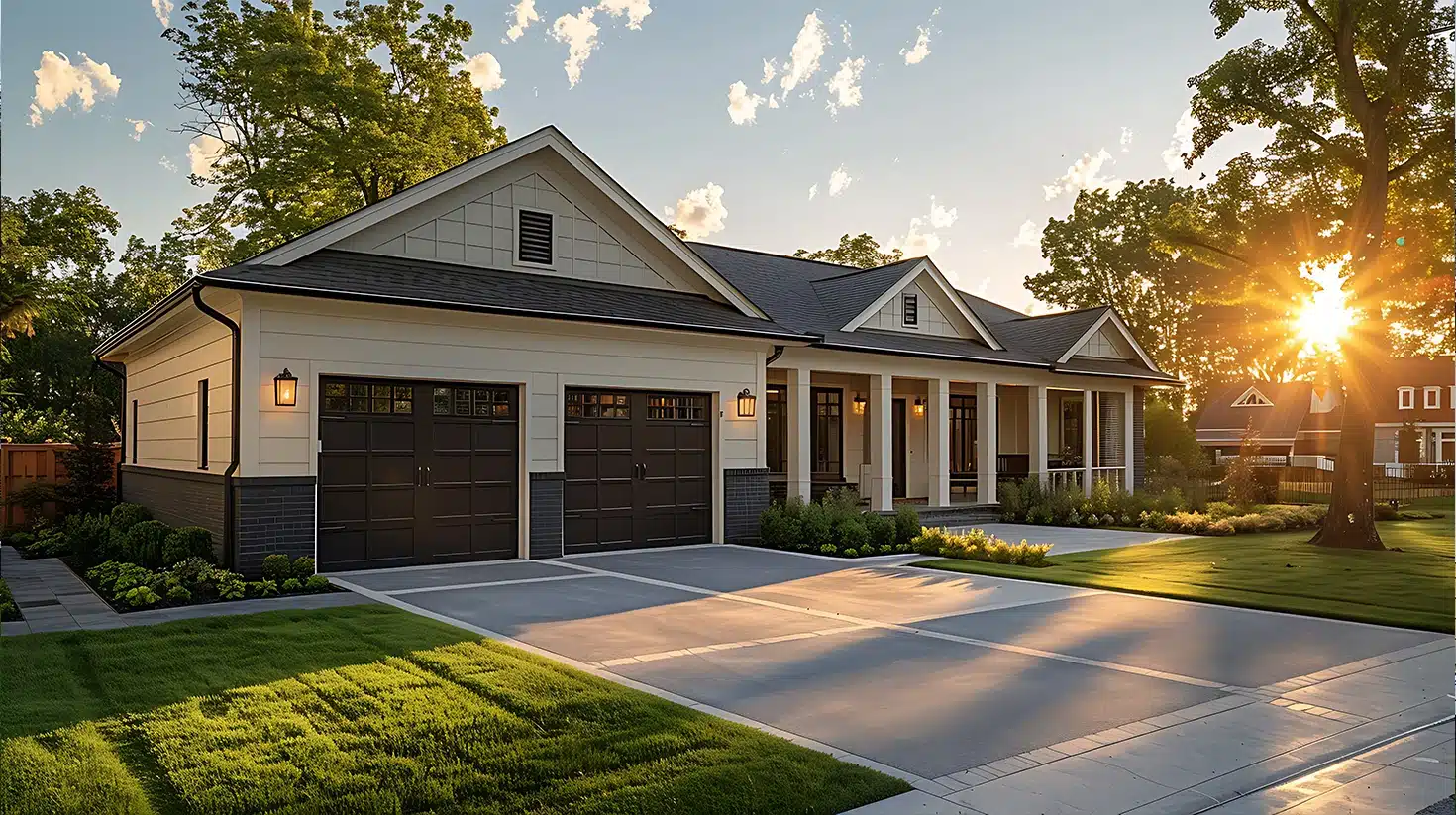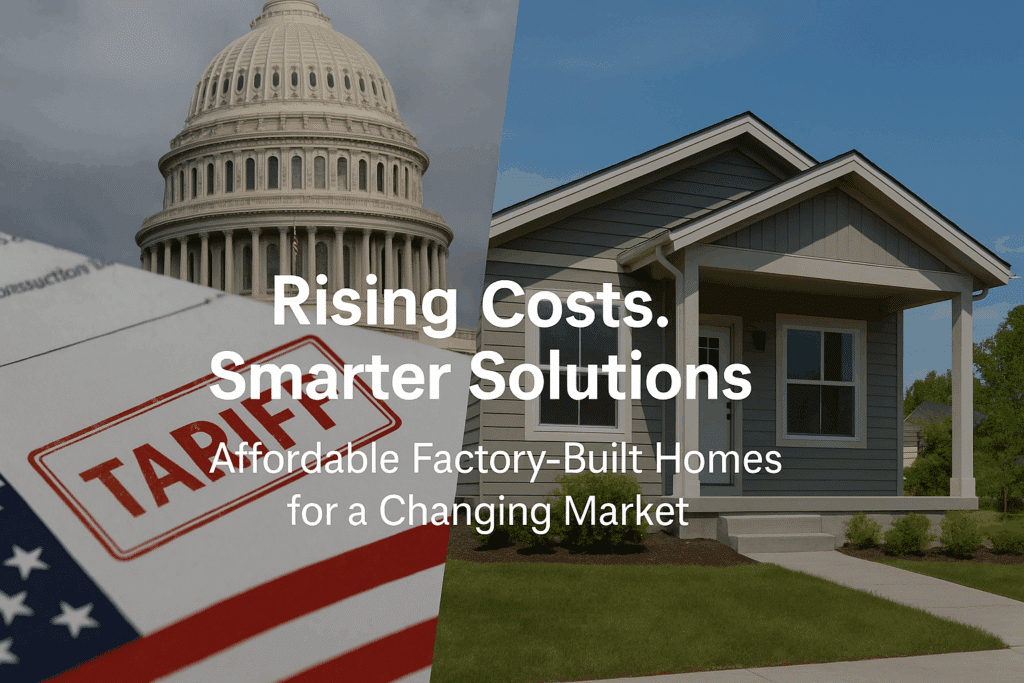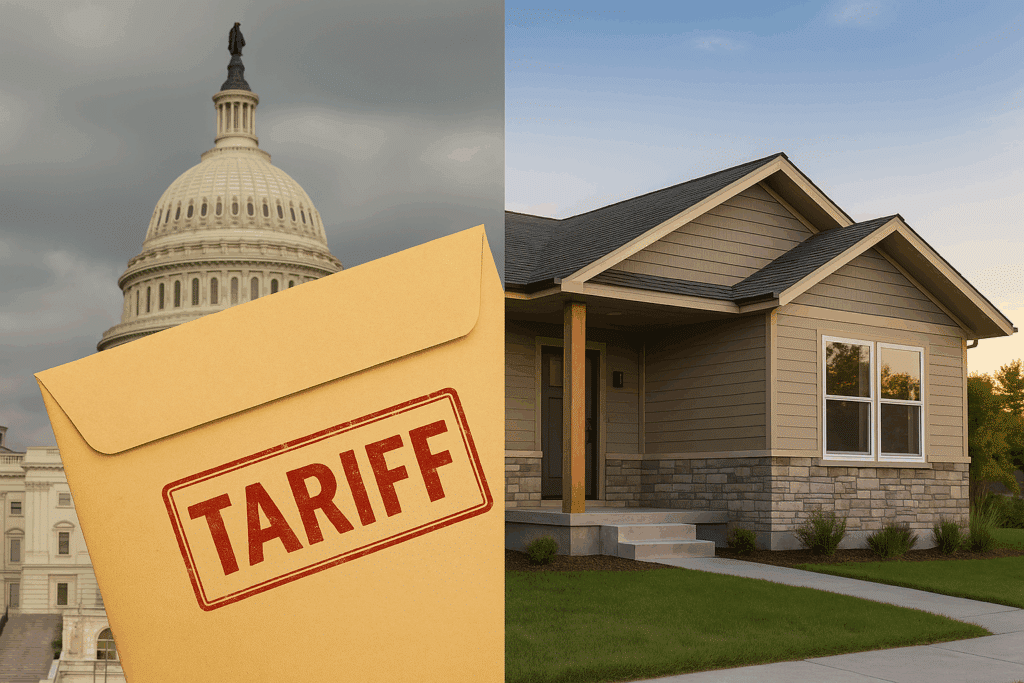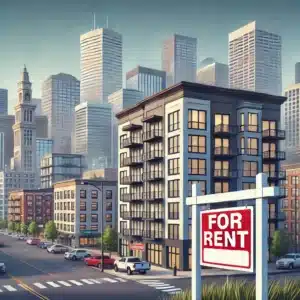
Navigating Rising Housing Costs: Why Factory-Built Homes Are the Future of Affordable Living
Table of Contents
- Introduction: Why Housing Costs Are Rising in 2025
- How Tariffs Are Affecting Construction and Housing Prices
- Factory-Built Homes: A Resilient, Cost-Effective Solution
- The Benefits of Factory-Built Construction in Today’s Market
- How Fruition Communities Supports Smarter, Affordable Housing
- Steps You Can Take to Explore Factory-Built Housing Options
- Frequently Asked Questions
- Ready to Learn More? Join Fruition Communities
Introduction: Why Housing Costs Are Rising in 2025
Housing prices have been steadily climbing for years, but in 2025, a new factor is reshaping the landscape: tariffs. New U.S. trade policies are increasing the costs of essential building materials — driving up construction costs and creating ripple effects throughout the real estate market.
For homebuyers, this means steeper prices, longer build times, and fewer affordable options. Understanding the causes — and exploring smarter solutions — is more important than ever.
How Tariffs Are Affecting Construction and Housing Prices
Recent tariffs on imported steel, lumber, and appliances are adding significant costs to traditional homebuilding. Builders who rely on these imported materials face price hikes that often exceed 20–30%, according to sources like the Urban Land Institute and US News.
The impacts include:
- Higher material costs: Making both new homes and renovations more expensive.
- Longer project timelines: Delays due to supply chain issues.
- Reduced housing inventory: Fewer affordable homes entering the market.
- Pressure on first-time buyers: Pushing the dream of homeownership further out of reach.


Factory-Built Homes: A Resilient, Cost-Effective Solution
As costs rise and traditional builds struggle to stay affordable, factory-built homes offer a resilient alternative.
Built in controlled environments, factory-built homes (also called modular or prefab homes) streamline the construction process:
- Bulk Material Purchasing: Materials can be secured before tariffs fully impact prices.
- Controlled Labor Costs: Shorter timelines mean reduced labor expenses.
- Reduced Waste: Precision construction leads to fewer lost materials.
- Consistent Quality: Homes are built to strict quality standards, often exceeding traditional site-built homes.
The Benefits of Factory-Built Construction in Today’s Market
- Affordability: Factory-built efficiencies help mitigate rising construction costs.
- Speed: Homes can be completed in significantly less time than traditional builds.
- Customization: Modern modular designs offer flexibility in floor plans and finishes.
- Energy Efficiency: Many models are designed with sustainability and long-term savings in mind.
- Community Building: Factory-built homes are increasingly part of vibrant, thoughtfully planned neighborhoods.
How Fruition Communities Supports Smarter, Affordable Housing
Fruition Communities specializes in delivering the benefits of factory-built housing to homebuyers across the country.
By combining:
- Efficient factory construction,
- Sustainable community development,
- Flexible financing programs,
Fruition ensures that more families can access affordable, high-quality homes — even as broader market forces drive up traditional housing costs.
Fruition Communities’ neighborhoods are designed around principles of resilience, affordability, and connection — offering a smarter path to homeownership in a changing world.
Steps You Can Take to Explore Factory-Built Housing Options
If you’re concerned about rising costs but still dreaming of homeownership, consider these steps:
- Learn about factory-built homes: Understand the different types (modular, prefab, manufactured).
- Compare total costs: Include land, construction, and long-term utility savings.
- Tour communities: See firsthand the quality and design options available.
- Ask about financing: Many lenders now offer flexible terms specifically for factory-built homes.
- Explore builders like Fruition Communities: Look for companies with a track record of delivering resilient, affordable housing solutions.
Share This Article:
Frequently Asked Questions
How are tariffs impacting home prices in 2025?
What materials are most affected by the tariffs?
Are factory-built homes a good solution to rising costs?
How are factory-built homes different from traditional homes?
How can I learn more about Fruition Communities?
Ready to Learn More? Join Fruition Communities
At Fruition Communities, we’re committed to making affordable homeownership a reality, even in a changing economic environment. Explore our communities, connect with our team, and take the first step toward securing a resilient, cost-stable future.
Subscribe to our email newsletter!
Related Posts
Population growth could stop and metro Denver would still have a housing shortfall
The Denver metro area is experiencing a rise in apartment vacancies, with over 24,000 units
Learn More →2024 Demographia Report Reveals Stark Housing Affordability Challenges
The 2024 edition of the Demographia International Housing Affordability report highlights significant challenges in housing
Learn More →El Futuro es Latino
From the earliest days of European settlement, Latinos have played a crucial role in the
Learn More →Feudal Future Podcast: Addressing the Housing Affordability Crisis and Protecting the Middle Class Dream
Unlock the mystery behind why securing a roof over your head has become an arduous
Learn More →


